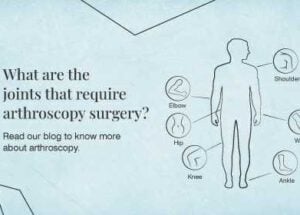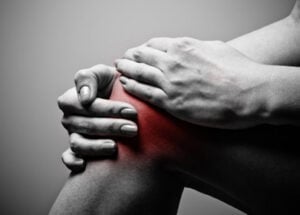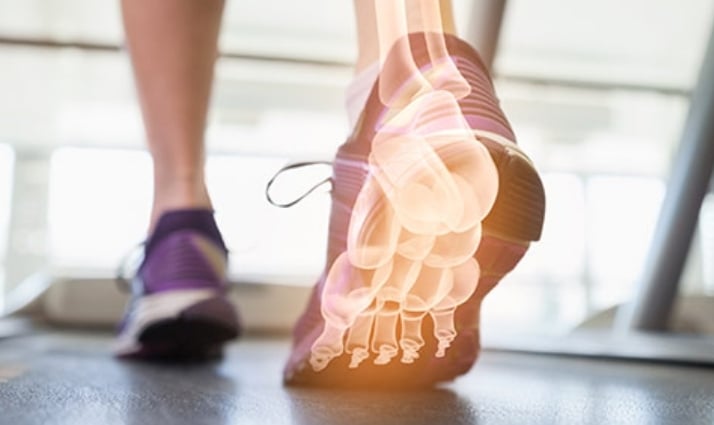Bowed Legs & Knock Knees
September 1, 2019

In knock knees (genu valgum), the knees do touch but the ankles do not. Knock knees are also normal in toddlers but can take until elementary school to correct on their own. Knock knees that appear later in childhood can be a sign of bone diseases such as osteomalacia or rickets.
Contents
- Knock Knees Treatment
- Knock Knees Causes
- Bowed Legs Treatment
- When should I bring my child to the doctor to knock knees/bowed legs?
- Is my child at risk for arthritis from her knock knees/ bowed legs?
- Do bowed legs/ knock knees run in families?
- One of my child’s legs is bowed. Can she get it on the other side?
Knock Knees Treatment
There are two types of treatment for knock knees
- Surgical
- Non-surgical
In most cases, children with knock knees do not require medical treatment.
Surgical Knock Knees Treatment
- If the child has severe, unresolved knock knees, the doctors will first determine if this is part of another underlying condition. If so, treatment will focus on treating the underlying condition. For example, many cases of rickets can be treated with vitamin D and calcium supplementation.
Non-surgical Knock Knees Treatment
- Guided growth surgery
- Osteotomy surgery
Knock Knees Causes
- Metabolic disease
- Renal (kidney) failure
- Physical trauma
- Arthritis, particularly in the knee
- Bone infection
- Rickets (a bone disease caused by lack of vitamin D)
- Congenital (inborn) conditions
- Growth plate injury
- Benign bone tumors
- Fractures that heal with a deformity (malunion)
Also Read: Symptoms Of Vitamin D Deficiency
Bowed Legs
In bowed legs (genu varum), the knees do not touch but the feet do. Bowed legs in toddlers are normal. Most children with bowed legs grow out of this before they are three years old. However, if a toddler does not grow out of the bowed legs, especially if it is only on one side, an x-ray may be needed to make sure the child does not have Blount’s disease.
Blount’s disease is a problem of the growth plate in the upper part of the shinbone (tibia) that causes the bone to be crooked. Blount’s disease can also occur in overweight teenagers. In children who do not get enough calcium, phosphorous, or vitamin D, bowed legs can occur because of poor nutrition. This condition is called Rickets. Rickets can also occur if a child has a genetic disease that leads to low vitamin D levels.
Bowed Legs Treatment
Rarely, some benign tumors can cause knocked knees or bowed legs.
Doctor Examination
Your doctor will ask about your child’s development, nutrition, and whether there is any family history of Rickets or skeletal dysplasia, which is commonly called dwarfism. He or she will check the hips, knees, and legs, looking at motion as well as overall alignment. The doctor may examine your child while they lie on their back and also while they lie on their stomach. This allows the ‘torsional’ alignment to be determined. An inward twist of the femur (thigh bone), combined with an outward twist of the tibia (shin bone) can cause an appearance of knock knees. When lying on their back with their knees brought together, the amount of space between the ankles is determined. He or she will ask your child to walk and run.
Many times, especially in younger toddlers, a thorough physical exam is all that is needed.
Other Studies
In some cases, your doctor will recommend an X-ray. The X-ray can diagnose Blount’s disease or rickets. If your child is older than 2 ½ years or has one leg more bowed than the other, your doctor will probably order an X-ray. Your doctor will order blood tests if the x-rays are concerning for Rickets.
Treatment
Most toddlers with bowed legs or knock knees grow out of it without needing any special braces or shoes. Toddlers with bowed legs are usually correct by age 3 or 4. Toddlers with knock knees can take until early elementary school to correct on their own, around age 6 or 7.
Blount’s disease
Toddlers with Blount’s disease may need to be treated with braces. If the brace does not correct the bowing, surgery is usually recommended by the age of 4. Teenagers with Blount’s disease need surgery to correct the bowing. Depending on the age of the child and the amount of bowing, different surgeries may be recommended. One type involves cutting the bone and realigning it. Another option is to temporarily stop growth on one side of the growth plate to give the other abnormal side a chance to “catch up” and make the leg straight. A less common surgery involves taking out part of the abnormal growth plate.
Rickets
If the Rickets is properly treated with medication, the bowing may correct on its own. Surgery is needed if the bowing does not improve after medication.
Knock Knees/Bowed Legs
Most toddlers and young children will not require any bracing, physical therapy, or special shoes. Older children and growing teenagers may have persistent knock knees or bowed legs. Evaluation by a pediatric orthopedic surgeon is appropriate if there are limitations in activities activity, pain, or substantial deformity. If appropriate, there are a variety of surgical options as described above.
Outcomes
Toddlers with typical bowed legs or knock knees develop normally and do not have any long-term problems.
Toddlers with Blount’s disease do very well if they are diagnosed and treated early. Overweight patients with adolescent Blount’s disease have a higher risk of bowed legs recurring after treatment.
Older children and teenagers may not have a spontaneous improvement in their alignment. If they have significant pain, limitations of activities such as running, or substantial deformity, a variety of surgical options are available. Get an appointment with the ortho doctor of Rela multispeciality hospital
Ortho Doctor Near Me | Ortho Hospital Near Me | Orthopedic Treatment
FAQ’s
Q. When should I bring my child to the doctor to knock knees/bowed legs?
If your child is greater than 2 years old with bowed legs that are not improving; he or she should be evaluated by a doctor. Knock knees that are causing knee pain, abnormal walking or running, or problems with sports should be evaluated. Asymmetrical or single leg with knock knees or bow legs also needs attention.
Q. Is my child at risk for arthritis from her knock knees/ bowed legs?
Toddlers with knock knees or bowed legs during normal development do not have an increased risk for arthritis but if there is an underlying problem contributing to it, i.e. pathological knock knees or bowed legs (eg. Blount’s disease), there is a higher risk for arthritis if not corrected.
Q. Do bowed legs/ knock knees run in families?
Certain conditions that cause bowed legs or knock knees can be inherited. Causes of bowed legs or knock knees include types of rickets, skeletal dysplasia, and obesity.
Q. One of my child’s legs is bowed. Can she get it on the other side?
Many times, knock knees and bowed legs occur in both legs at the same time. However, the condition can occur on just one side.










